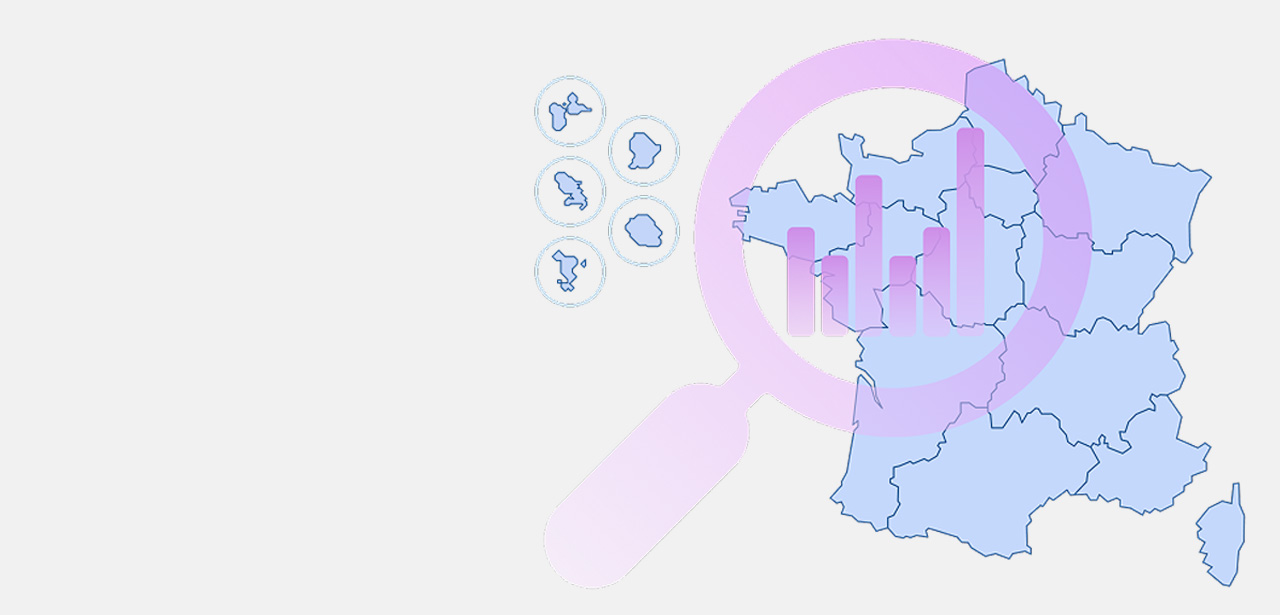Objectives: understanding the dynamics of the temperature-mortality relationship is an asset to support public health interventions. We investigated the lag structure of the mortality response to cold and warm temperatures in 18 French cities between 2000 and 2010. Methods: a distributed lag non-linear generalized model using a quasi-Poisson distribution and controlling for classical confounding factors was built in each city. A fitted meta-analytical model combined the city-specific models to derive the best linear unbiased prediction of the association, and a meta-regression explored the influence of background characteristics of the cities. The fraction of mortality attributable to cold and heat was estimated with reference to the minimum mortality temperature. Results: between 2000 and 2010, 3.9% [CI 95% 3.2:4.6] of the total mortality was attributed to cold, and 1.2% [1.1:1.2] to heat. The immediate increase in mortality following high temperatures was partly compensated by a harvesting effect when temperatures were below the 99.2 percentiles of the mean temperature distributions. Discussion: cold represents a significant public health burden, mostly driven by moderate temperatures (between percentiles 2.5 and 25). The population is better adapted to warm temperatures, up to a certain intensity when heat becomes an acute environmental health emergency (above percentile 99). The rapid increase in mortality risk at very high temperatures percentiles calls for an active adaptation in a context of climate change.
Auteur : Pascal Mathilde, Wagner Vérène, Corso Magali, Laaidi Karine, Ung Aymeric, Beaudeau Pascal
Environment International, 2018, vol. 121, n°. 1, p. 189-198


